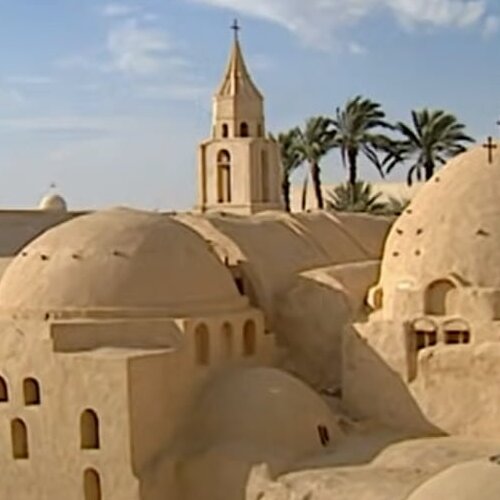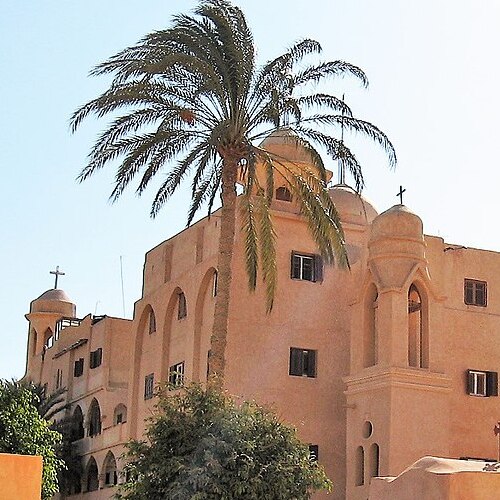No other nation in the world says ‘Welcome’ as often as the Egyptians, and every time, they mean it. While the ancient civilization of Egypt continues to amaze, contemporary Egyptians are equally remarkable.
Wadi Al-Natron: Journey to the Heart of Coptic Monasticism
Deep Dive Into Wadi Al Natron History
Wadi Al Natron, a historically significant region in Egypt, is renowned for its religious, cultural, and scientific importance. Here’s an overview of its rich history:
- Ancient Egyptian Era
- The alkali lakes of Wadi Al Natron provided sodium bicarbonate essential for mummification and Egyptian faience.
- The region was also important for the Romans, who used its resources for glass making.
- Birthplace of Christian Monasticism
- The desolate and isolated landscape of Wadi Al Natron became a pivotal area for early Christianity.
- Desert fathers and monastic communities utilized the harsh desert conditions for asceticism, seeking spiritual enlightenment through solitude and discipline.
- Between the 4th and 7th centuries A.D., the region saw an influx of people joining monasteries, making it a center of Christian monastic life.
- Development of Monastic Communities
- Saint Macarius of Egypt established a monastic site in Scetis (now Wadi El Natron) around 330 AD.
- The region attracted anchorites, hermits, and monks, leading to the formation of cenobitic communities and the establishment of monasteries like Baramus, Macarius, Bishoi, and John Kolobos.
- Medieval Period and Muslim Conquest
- The monasteries continued to flourish even during the Muslim conquest of Egypt (639-42).
- However, the 8th and 9th centuries witnessed conflicts with the Muslim government, leading to the abandonment of Nitria and Kellia, but Scetis continued to thrive.
- Modern Day Monasteries
- Despite historical challenges, four monasteries in Wadi Al Natron remain active: Baramus, Macarius, Bishoi, and John Kolobos.
- These monasteries are significant both for their religious importance and as historical sites.
- Fossil Discoveries
- Wadi Al Natron is also known for its paleontological significance, with numerous fossils of large pre-historic animals discovered in the area.
In summary, Wadi Al Natron’s history is marked by its early adoption and development of Christian monasticism, its survival through various historical periods, and its significance in the fields of religion, culture, and science. Today, the region is not only a site of active monastic life but also a destination for those interested in religious history, ancient practices, and natural sciences.
Created On March 18, 2020
Updated On Aug , 2024
WADI AL NATRON Travel Guide



